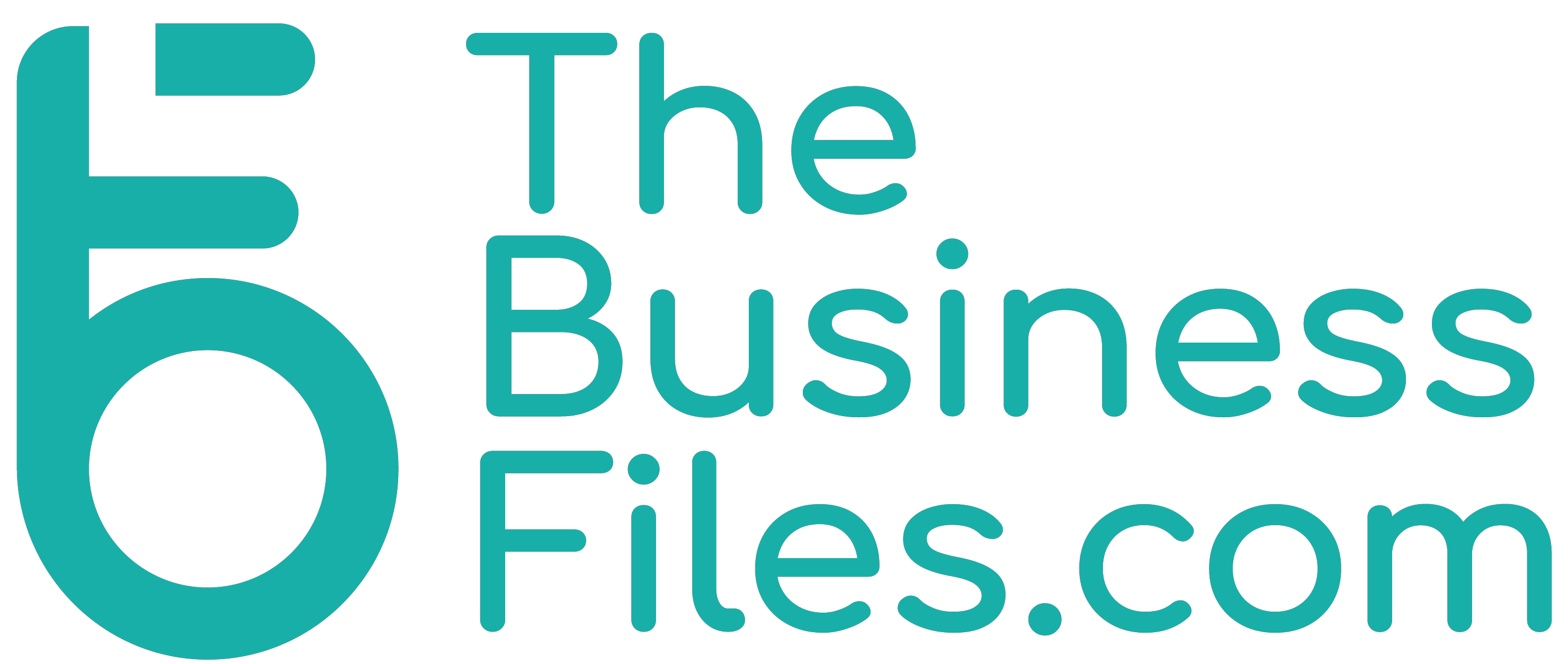Founded in 1993 by brothers Tom and David Gardner, The Motley Fool helps millions of people attain financial freedom through our website, podcasts, books, newspaper column, radio show, and premium investing services.
Founded in 1993 by brothers Tom and David Gardner, The Motley Fool helps millions of people attain financial freedom through our website, podcasts, books, newspaper column, radio show, and premium investing services.
You’re reading a free article with opinions that may differ from The Motley Fool’s Premium Investing Services. Become a Motley Fool member today to get instant access to our top analyst recommendations, in-depth research, investing resources, and more. Learn More
Investors decided to focus on the negative during Salesforce‘s (CRM -8.21%) third-quarter update: Co-CEO Bret Taylor is stepping down effective Jan. 31. Co-founder and co-CEO Marc Benioff will once again be the sole head of the enterprise software giant.
This announcement overshadowed Salesforce’s concurrent news that profits will be higher than previously forecast as the company finds ways to unlock efficiencies in the midst of an economic slowdown. But with Taylor deciding to exit, who was seen as a successor to Benioff, should investors move on and sell the struggling Salesforce stock?
To answer this question, let’s first consider the Q3 fiscal 2023 quarterly update (the three months ended in October 2022). Salesforce’s results were quite good, with revenue increasing 14% year over year to $7.84 billion (versus management’s predicted $7.83 billion). For Q4, revenue is expected to increase 8% to 10% year over year, not bad considering many businesses are delaying their spending on tech these days as a sharp economic slowdown looms headed into calendar year 2023.
Also notable is that Salesforce is putting up these growth numbers in spite of the U.S. dollar’s record run-up against foreign currencies – a side effect of the Federal Reserve’s aggressive path of interest rate hikes as it tries to tame inflation. Excluding the impact of currency exchange rates, total revenue would have increased 19% in Q3. And excluding the further impact of the U.S. dollar in Q4, revenue growth is expected to be up about 11% to 13%.
To illustrate just how disruptive the dollar has been, revenue growth in Europe and the Middle East was 10% in Q3, or 23% excluding currency headwinds. In the Asia and Pacific region (Australia and Japan, primarily), reported revenue growth was 14%, or 30% excluding exchange rates. Ouch!
Exchange rates aside, though, this slowing growth is a departure from Salesforce’s track record of delivering at least 20% year-over-year revenue expansion. Instead, the company is focusing a bit more on profitability during these challenging times. And on that front, there was some more good news. Operating profit margin and adjusted operating profit margin are now expected to be 3.8% and 20.7%, respectively, for full-year fiscal 2023 (the 12 months that will end in January 2023). Previously, Salesforce had said to expect operating margin of 3.6%, or 20.4% on an adjusted basis.
During its Q2 earnings update, Salesforce also announced its first-ever share repurchase program, which is a way tech companies return excess cash to shareholders. Salesforce delivered during Q3 and repurchased $1.7 billion worth of stock.
Then there’s the matter of Taylor leaving Salesforce, just about a year after getting appointed co-CEO (he joined when his start-up Quip was acquired back in 2016). In a prepared announcement, Taylor said he wants to “return to his entrepreneurial roots,” seemingly indicating he has ideas for a new start-up of some sort.
This is the second co-CEO departure. Keith Block, who served alongside Benioff from 2018 to 2020, left to found and head investment firm Smith Point Capital. A revolving door at the co-CEO position isn’t exactly a great look.
But why bother with a co-CEO at all? There’s a lot of speculation here, but many investors thought that the software innovation-minded Taylor was heir apparent to Benioff, who co-founded Salesforce all the way back in 1999. Getting a like-minded chief executive in the seat that can continue to propel Salesforce higher in this golden age for cloud computing is a must if Benioff has any ideas of retiring from leading his company.
Nevertheless, Benioff being back in sole command isn’t a bad thing, either. In just over two decades, Salesforce has become one of the largest software companies out there. The usually boisterous Benioff tends to play coy when asked about future plans on the CEO role, so investors will have to stay tuned for more information.
For now, though, this probably isn’t a reason for investors to exit. Salesforce stock is already down some 40% this year with just a month left to go in 2022, clobbered by the bear market along with other technology names. Salesforce’s historical focus on growth over profitability is the primary reason for the punishment, but it’s making solid progress on stoking higher margins from its sprawling operations. Shares trade for 32 times expected current-year adjusted earnings per share, or 28 times trailing-12-month free cash flow.
Salesforce is still a growing business, it’s an integral piece of the software suite used by thousands of organizations around the globe, and the cloud is still expanding at a rapid pace. Salesforce stock isn’t cheap, but Benioff’s empire is a clear leader in its space and is worth hanging on to as the economy works through its pandemic-related issues.
Nicholas Rossolillo and his clients have positions in Salesforce. The Motley Fool has positions in and recommends Salesforce. The Motley Fool has a disclosure policy.
*Average returns of all recommendations since inception. Cost basis and return based on previous market day close.
Invest better with The Motley Fool. Get stock recommendations, portfolio guidance, and more from The Motley Fool’s premium services.
Making the world smarter, happier, and richer.
Market data powered by Xignite.

